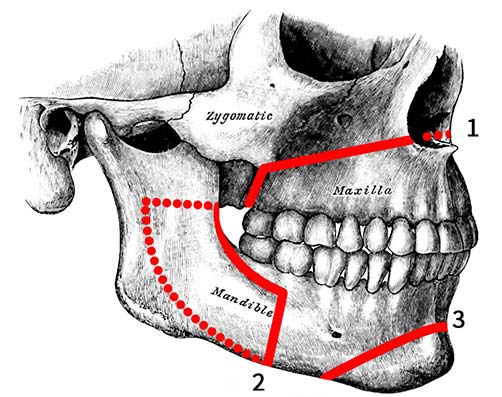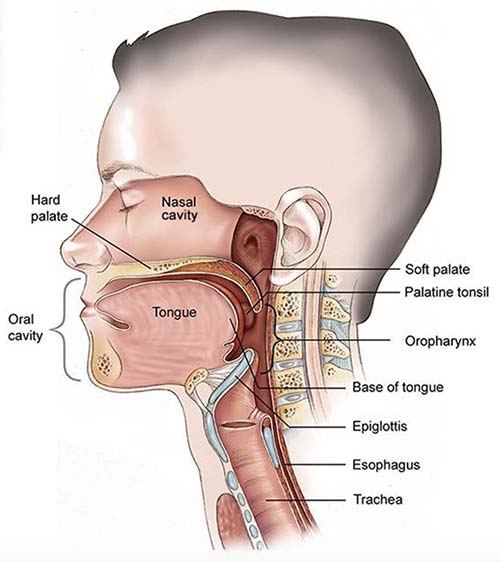Dr. Yoffe runs the orthognathic services at the Cranio-Maxillofacial Surgery Department at the Chaim Sheba Medical Center at Tel HaShomer. Other fields of activity include cranio-maxillofacial trauma and tumours of the head and neck.

Orthognathics
The word orthognathics derives from the Greek ortho, which means straight, and the Greek gnathos, meaning jaw. Orthognathic surgery is intended to correct congenital and acquired deformities and asymmetries in the facial bones, the temporomandibular joints (TMJ) and the surrounding soft tissues. The field deals with facial growth, facial asymmetry, breathing problems such as sleep apnoea, TMJ disorders, malocclusions and skeletal disharmonies, that cannot be corrected with orthodontics alone.
To ensure optimal results from the surgery, a deep understanding of the facial structure and the positioning of the teeth is required. Orthodontic preparation (straightening of the teeth) is performed before the surgery, with minor orthodontic adjustments continuing after the operation. The surgical procedure to shift the jaws and the facial bones into place and to fix them in position is performed using the most advanced technology, including imaging, 3D models and computerised 3D planning. The Ministry of Health, through the health funds, fully covers the surgery and the preparatory orthodontic treatment if they are performed in a hospital (but not in private clinics), in accordance with the skeletal and dental criteria determined in the law.

Trauma to the Facial Bones
The facial bones define the three-dimensional shape of our face, and they support the soft tissue that covers them and the hard tissue (teeth) embedded in them. Treating fractured facial bones is unique due to the complex functions of the face, including speaking and non-verbal communication, and chewing and swallowing, as well as the highly significant aesthetic aspect of this part of our anatomy. One other challenge is the proximity of the facial bones to other anatomical structures and highly important systems such as the brain, orbits and ocular apparatus, upper respiratory tract, ears and auditory ossicles (the bones in the ear), and the olfactory and gustatory systems (smell and taste). When facial bones are damaged or broken, the objective of the treatment is to restore the functionality and the 3D structure of the face without harming any of the organs and singular systems in the area.

Tumours of the Head and Neck
The vast majority of tumours that occur in our body, and in the head and neck in particular, are benign. The treatment of benign growths can include monitoring, performing biopsies, or surgically removing them entirely. A small percentage of the tumours in the head and neck area are malignant. The most significant attribute of malignant growths is their ability to metastasise (spread) to other areas of the body. Therefore, the ability to control a malignant disease requires a deep understanding of its nature, i.e. precisely diagnosing the source of the tissue and its scope, and determining whether it has started to metastasise, and if so, where and how.
Head and neck cancer is the seventh most common type of cancer. As such, early detection is of utmost importance and we recommend routine examinations by a cranio-maxillofacial surgeon once every two years after the age of 40.
Smoking, excessive alcohol consumption, poor oral hygiene, various viruses (HPV and EBV) and genetics are known to be risk factors for head and neck cancer. The treatment plan is designed according to the type of malignancy and its scope, and will include one or more treatment methods, such as surgery, chemotherapy, radiotherapy, biological therapy or others.

